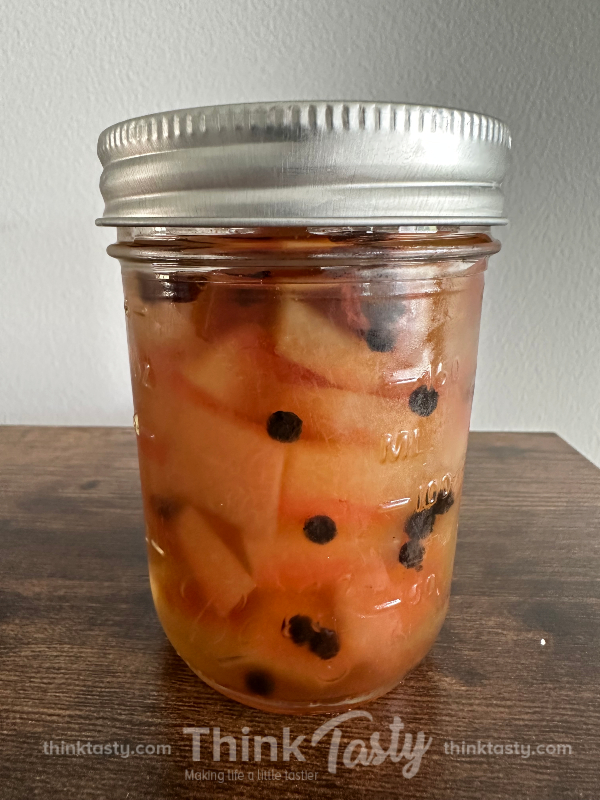The Big Fat Surprise, Literally
In 2014, The Big Fat Surprise book was released. The author, Nina Teicholz, a well-known investigative journalist, decided to dig deep into what made up a healthy diet and came to a surprisingly conclusion: saturated fats are needed in sufficient amounts in a diet that’s good for you.
With all the focus on cutting out the saturated fats, her conclusion after in-depth research into newer science around nutrition suggested that the early advice was wrong. Anyone following the early advice, as she had done for decades, had been eating less healthy than they might have been.
Low Fat Diets are Unsatisfactory Too
Anyone who has eaten a low-fat dessert can tell you that it wasn’t very satisfying. The same goes for a low-fat meal too. The reason it isn’t satisfying and won’t make the stomach feel sated, is because the body needs a certain amount of good fats to function well.
When stripping out the fat from every meal and every dessert, the body is starved of what it needs to operate at peak efficiency. It often will grab hold of the body’s fat stores and stubbornly won’t let them go when there’s a shortage. This is noticeable when you are on a low-fat diet trying in vain to shift that remaining 5-15 pounds. It turns out, not only does the low-fat or no fat meal taste lackluster, but it’s holding you back.
Don’t believe us? Try eating a low-fat chocolate mousse and see if it made your taste buds dance! There’s a good reason why the chocolate mousse from Martha Stewart calls for almost a cup of thick cream and two spoonsful of sugar.
Make Changes Slowly
If you’re used to trying to make your food tasty while cutting the fats, it’s best to make some gradual recipe adjustments to bring back saturated fat bit by bit. Let your taste buds adjust gradually to the full-fat taste without balking at the sudden change.
While a reasonable amount of healthy fats is what the body actually needs, the taste buds and habits aren’t so happy about changing fast. They need more coaxing along rather than the abrupt jolt of sudden change. Be kind to them.
It’s certainly a good idea to read Teicholz’s excellent book to learn about the history of nutritional advice and why it’s been incorrect for decades. The Big Fat Surprise book is very readable and easier to digest than an academic journal on the same topic too.
Brought to you by our friends at goodreads.com.




